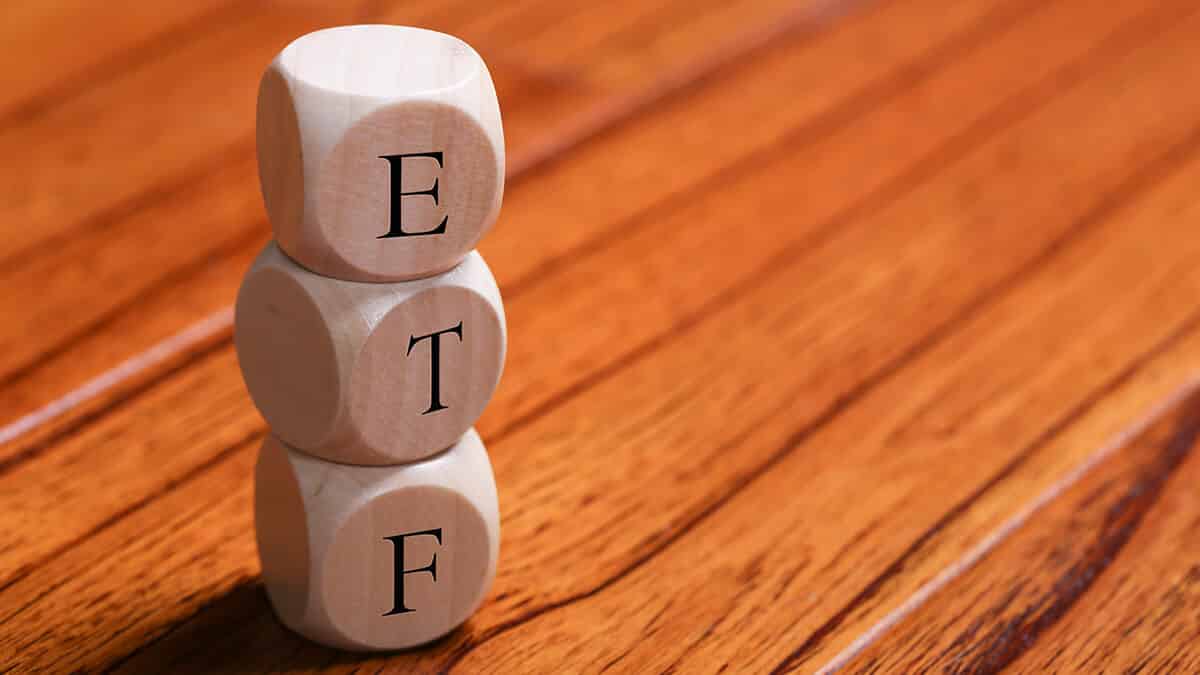In this guide
Building a well-diversified investment portfolio from the ground up takes time and effort. But the task is much easier these days thanks to the rapidly expanding universe of exchange-traded funds (ETFs).
ETFs are a type of low-cost managed fund that can be bought and sold on the Australian Securities Exchange (ASX) just like shares.
From a standing start in 2001, there are now more than 250 ETFs listed on the Australian Securities Exchange (ASX) worth more than $130 billion.
Who’s using ETFs and why
Become a member to continue
Join SuperGuide and get independent expert guidance for your SMSF. Master SMSF specific strategies, navigate complex SMSF compliance rules, and ultimately boost your retirement savings.
- Comprehensive super and SMSF rules in plain language
- SMSF specific strategies and checklists make admin a breeze
- Discover most popular SMSF investments
- Newsletters and webinars keep you up-to-date and compliant



Leave a Reply
You must be logged in to post a comment.